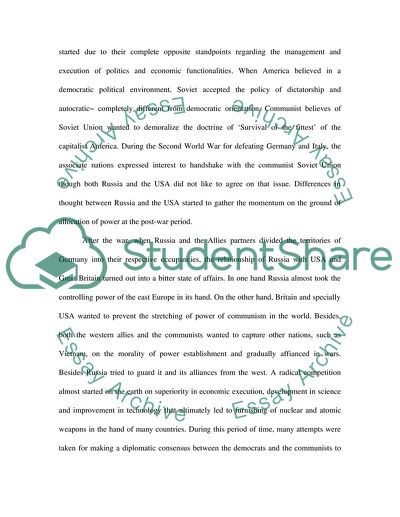Cite this document
(“A Radical Reinterpretation for the Soviet Union Essay”, n.d.)
Retrieved from https://studentshare.org/politics/1564379-draft
Retrieved from https://studentshare.org/politics/1564379-draft
(A Radical Reinterpretation for the Soviet Union Essay)
https://studentshare.org/politics/1564379-draft.
https://studentshare.org/politics/1564379-draft.
“A Radical Reinterpretation for the Soviet Union Essay”, n.d. https://studentshare.org/politics/1564379-draft.


